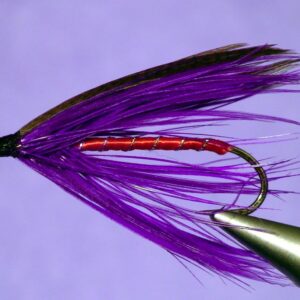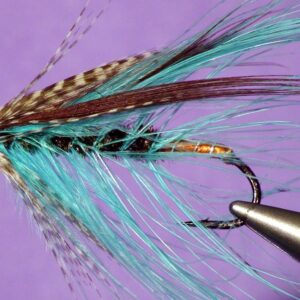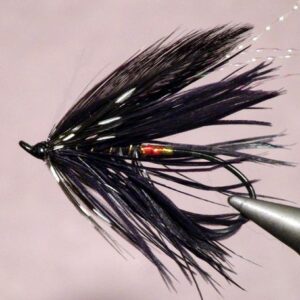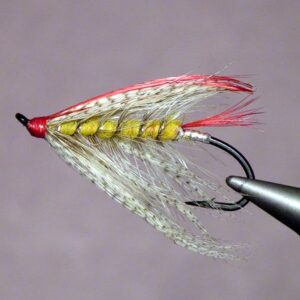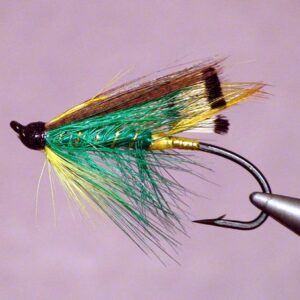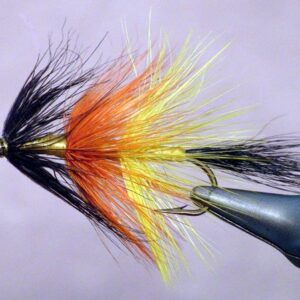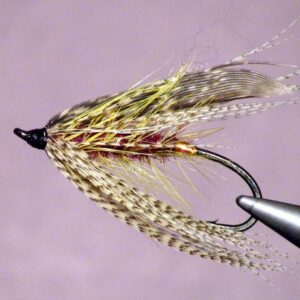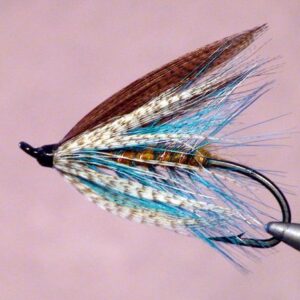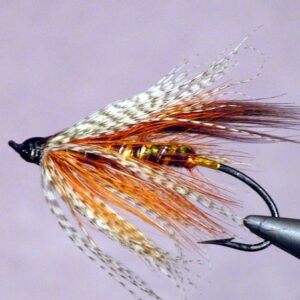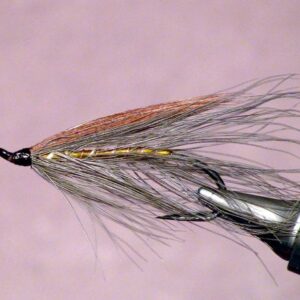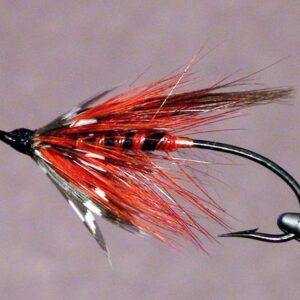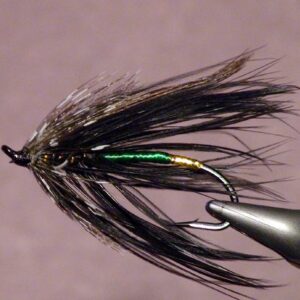Showing 1–12 of 18 results
The “Western Spey Fly” is a very loosely defined category of flies to say the least. You can fish just about any steelhead fly on a spey rod; however, some anglers refer to certain types of flies as spey flies. For that reason, we try to accommodate them by listing what is generally considered spey flies as a category of steelhead flies. The name “Spey Fly” came from salmon and sea trout flies that were tied and used on the Spey River in Scotland many years ago. These flies usually had long hackle that gave the fly the appearance of a swimming baitfish. The flies’ bodies were tied in a narrow configuration and made of local material consisting of turkey and mallard duck feathers. Today, some fly tiers stick to these traditional fly patterns and materials but others vary greatly from the original designs. Some modern spey fly patterns use hair, combination hair and feathers, feathers and marabou and other non-traditional materials. Some anglers welcome these variations in the original spey flies and others familiar with the flies history resent the changes and refuse to fish modern versions of the fly. Another point we want to make is that “Spey Flies” don’t have to be cast from a spey rod. Neither do you have to fish spey flies only on spey rods. These flies will catch steelhead irrespective of the type of rod used to cast them.
